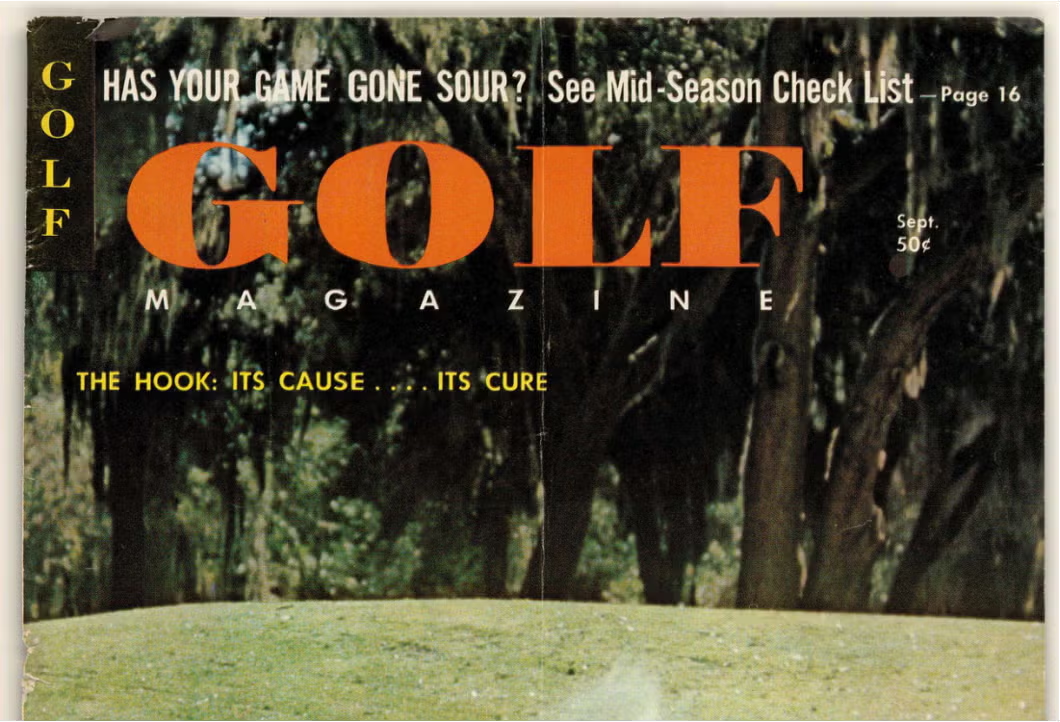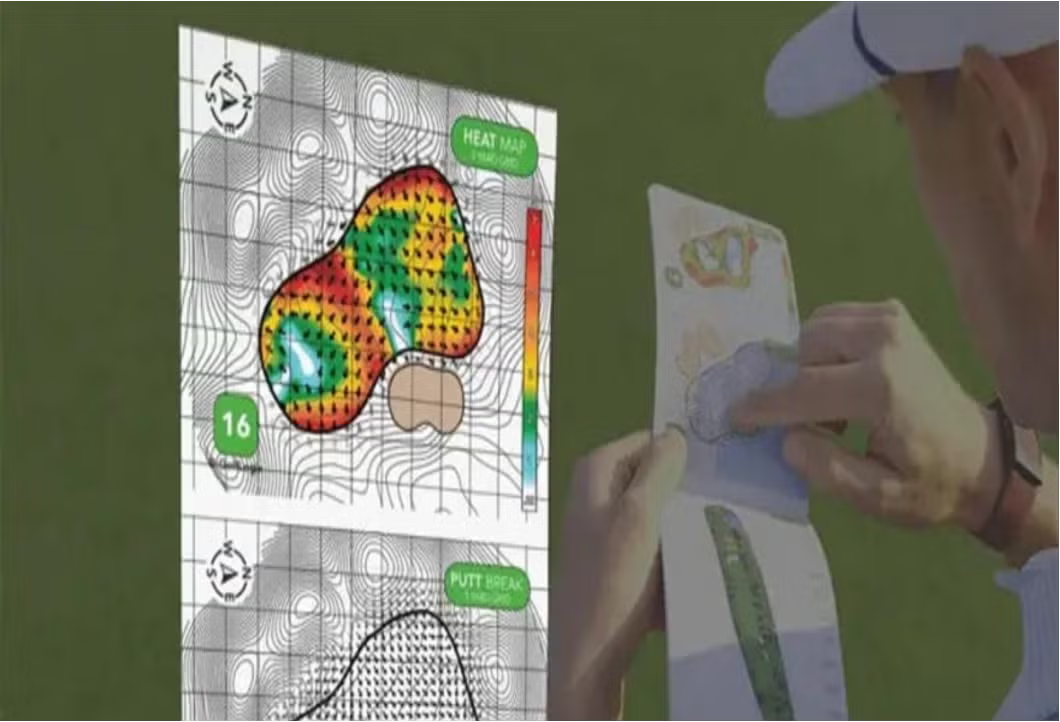10 adjustments for more success during a windy round of golf
- Share on Facebook
- Share on Twitter
- Share by Email

Windy golf can be a challenge. Using these 10 tips will help make it a little bit easier.
Getty Images
Playing golf in the wind can be so difficult, with many amateur players unsure about what adjustments they need to make in order to be successful. With the Open Championship going on this weekend at Royal Troon — and following a recent golf trip I took with my son to Scotland — it got me thinking about what tips I can share to help you play your best on windy days.
While we’d all prefer to play on sunny days with blue skies and little-to-no wind, sometimes Mother Nature won’t allow it — so see below for 10 adjustments you must make in order to score lower when the wind is blowing.

True Spec Fitting
1. Accept how difficult it is
By simply recognizing the challenge of windy golf, it can help with the right attitude. This means understanding that it’ll be unpredictable from hole-to-hole and with each shot, and that things won’t always go as you plan them.
Once you accept the difficulty and the challenge of playing in windy conditions, you can start to make the adjustments and (hopefully) find success.
2. Gauge how wind impacts your club choice
Knowing your distances is important no matter when you play, but it’s even more critical on those days that where wind is whipping.
For example, if I hit my Pitching Wedge 100 yards and I need my 8-iron from that distance into the wind, I’d define that as “2-club wind.” So keep that in mind for each shot going forward, then make the adjustments for each shot.
Also remember how wind impacts higher ball-flights more frequently. This is where course management and decision-making will come into play as you make your club choice.
3. Use driver downwind (and add tilt)
Sometimes, the wind can be your friend — especially when using driver downwind, when it’s fun to take advantage of the wind and get extra distance.
To help you launch the ball higher and maximize yardage, make a few subtle adjustments at setup.
First, tee the ball higher, use a bit of a wider stance, and make sure the ball position is forward in your stance. Next, increase your shoulder tilt so that your lead shoulder is higher than your trail shoulder at address. This increased shoulder tilt will produce more launch in order to get the ball into the air and help take advantage of the downwind.
4. Draw your driver
Being able to draw your driver is a serious advantage when playing golf in the wind. Obviously, most of this comes from good technique — which includes having a square clubface and a good swing path.
Another option to overcome the wind is to decrease the loft on your driver so that the ball-flight is lower. While this may be a bit of a loss downwind, it can be a sizable help when hitting into the wind.
5. Adjust based upon your trajectory and club selection
How much the wind will impact your shot is directly related to how high you hit the ball and which club you select. The higher you hit the ball, the more the wind can control it. So if you tend to use lots of loft, adjust as much as you can to try and keep the ball lower.
6. The necessary knockdown
There’s no question you absolutely must have ability to hit a knockdown shot when playing in windy conditions. So how can you do this?
Start by gripping down a bit, then play the ball back in your stance, and make sure to lean your weight toward on the front foot. You may also want to drop your lead foot back a bit to realign your shoulders to the target line — which helps the weight stay forward. By doing this, it will slightly limit the backswing, helping produce a lower ball-flight.
7. Organize your bag to match the conditions
I very rarely use my 3-wood, but during many rounds in Scotland, I found myself using it a lot — especially on holes where I hit directly into the wind. Heck, I even used it off the tee at times because the wind would’ve knocked down a higher shot with my driver.
That’s why I suggest organizing your bag to match the conditions, choosing less-lofted options that will help you control the ball flight during those really windy rounds.
8. Patience
Every great golfer must exude patience — and on windy days, it’s even more important. This means adjusting your expectations at times, and simply just trying to do as best as you can each shot and on every hole.
Depending on the strength of the wind, good shots won’t always be rewarded, so you’ll have to learn to roll with the punches and accept that a lot is out of your control. Just play to the best of your ability and have fun.
9. Focus on your wedge game
When it’s windy, you’ll typically hit fewer greens on approach shots. So being able to hit your wedge shots close is your best chance at scoring low. I suggest practicing your distance control with wedges before any windy golf round, which will help your ability to scramble to get up-and-down when the wind creates chaos.
10. Bogeys can be good
Playing bogey-golf on really windy days shouldn’t be frowned upon. In fact, sometimes a bogey is a good score when the conditions are so unpredictable — and if your shots are impacted by Mother Nature.
Focus on keeping the ball in play and doing your best to avoid double- and triple-bogeys to help keep your score manageable.

PING Prodi G Junior Hybrid
View Product
Latest In Instruction

Golf.com

Nick Dimengo
Golf.com Editor




















